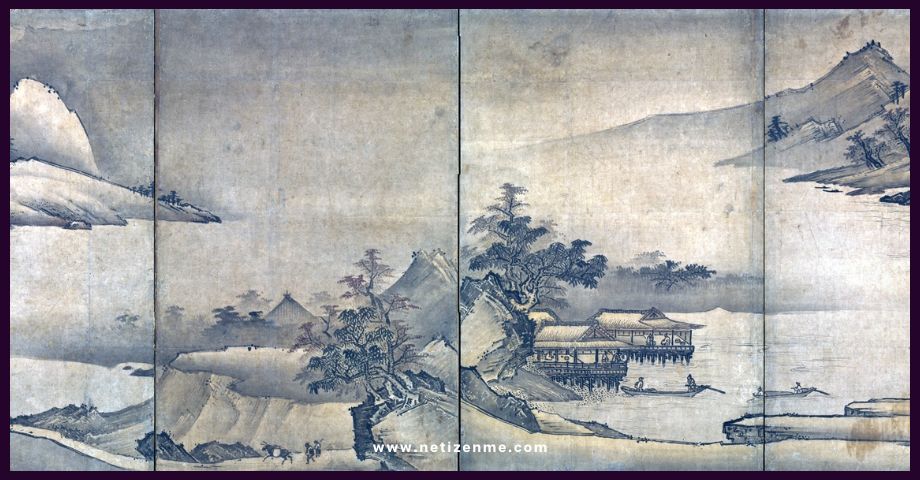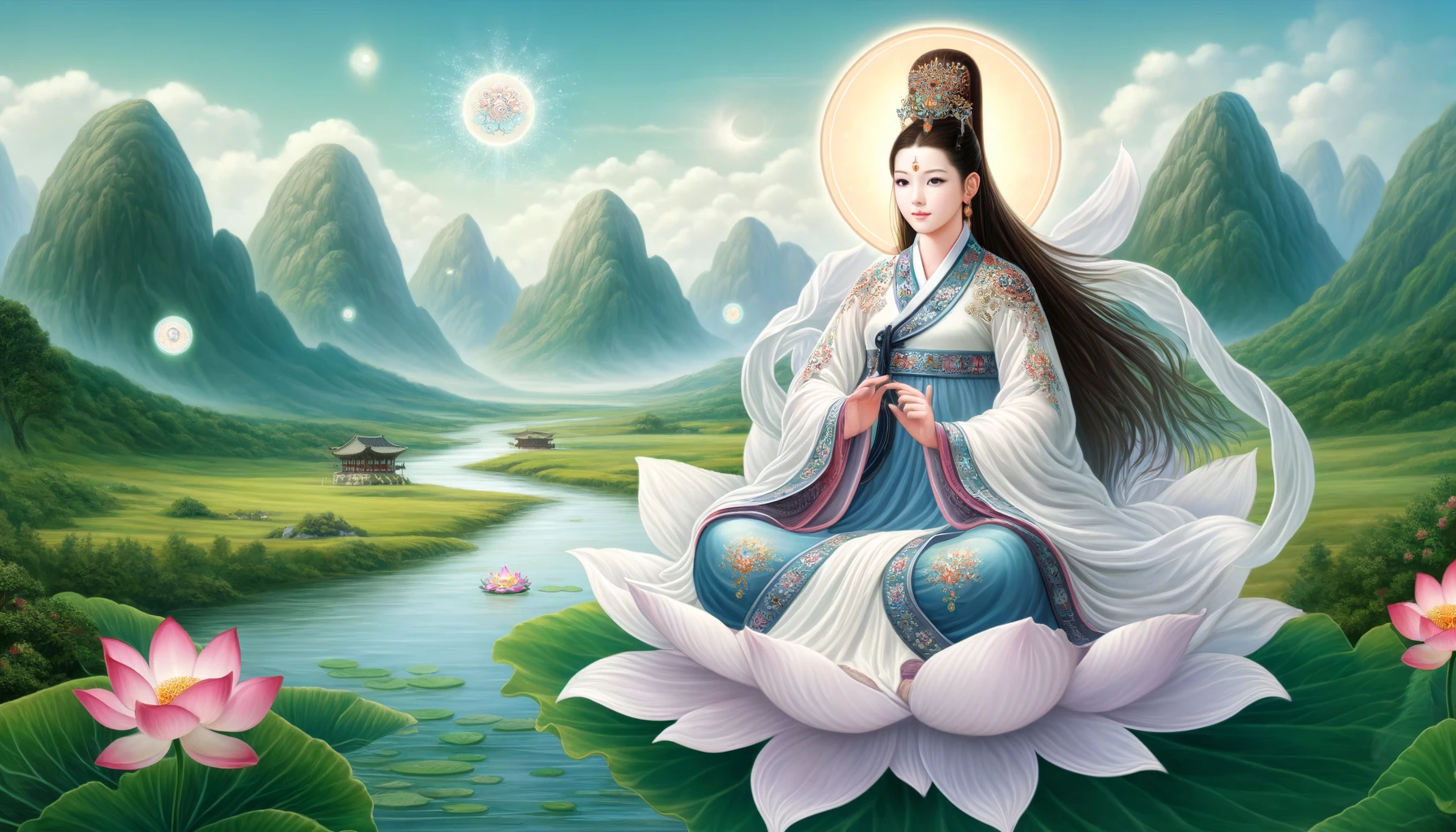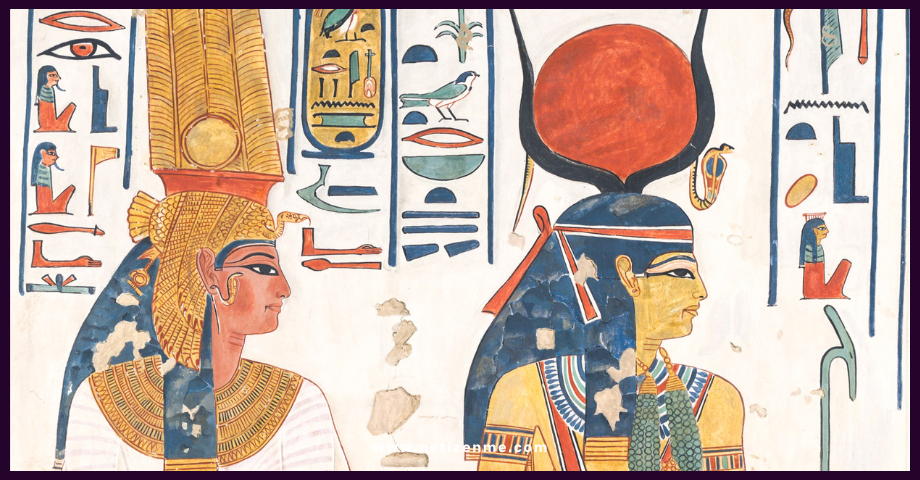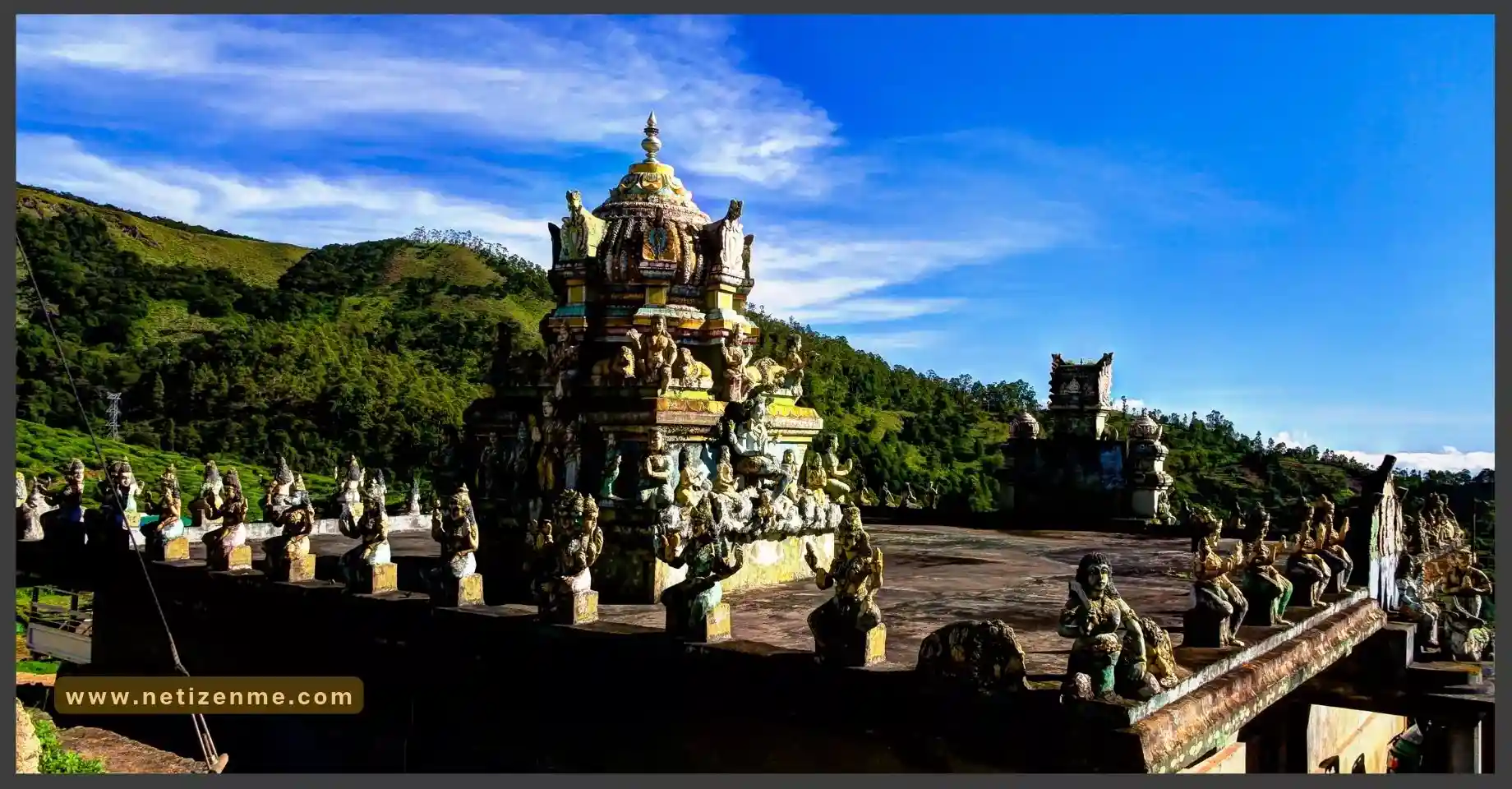Korean folklore and mythology are rich with captivating tales of spirits, deities, and legends that have been passed down through generations. These stories provide insights into the cultural heritage and beliefs of the Korean people, offering a glimpse into their worldviews and traditions.
This article will explore some of the most intriguing aspects of Korean folklore and mythology, delving into the enchanting narratives that have captivated audiences for centuries.
The Realm of Spirits:
In Korean folklore, the spirit world holds a prominent place. Various spirits are believed to inhabit the natural world, including mountains, rivers, and trees. Two of the most famous spirits are the “horang-i” or “Tiger Spirit” and “Gumiho” in Korean folklore. The tiger spirit symbolises strength and power and is often seen as the guardian spirit of the Koreans. Gumiho is depicted as a nine-tailed fox with shape-shifting abilities. Legends tell of its power and cunning nature, often portraying it as a trickster and a wise entity.
Deities and Divine Beings:
Korean mythology is populated by a diverse array of deities and divine beings, each with their own unique characteristics and roles. One such deity is “Hwanung,” the god of heaven, credited with founding the ancient Korean nation. Hwanung is revered as a benevolent figure who brought civilization, agriculture, and knowledge to the people.
Another important deity is “Changsega,” the goddess of the moon. Changsega is believed to watch over the night, symbolizing femininity, beauty, and purity. Many Korean myths and legends revolve around her, often portraying her as a gentle and compassionate figure.
Legends and Heroes:
Korean folklore is also filled with legendary heroes whose tales have become integral to the nation’s cultural fabric. One such hero is “Hong Gildong,” a charismatic figure known as the “Korean Robin Hood.” Hong Gildong’s story follows his journey as a rebellious nobleman fighting against corruption and social injustice. This beloved folk hero embodies the ideals of justice and equality, resonating with the aspirations of the Korean people.
Folklore and Nature:
Nature plays a vital role in Korean folklore and mythology, with various stories highlighting the interconnectedness between humans and the natural world. For instance, the legend of “Miryang Arirang” tells the story of a young girl who transforms into a swallow to escape from a cruel lord. This tale reflects the reverence for nature and the belief that it can provide solace and salvation.
Lessons and Morals:
Many Korean folktales carry moral lessons and teach valuable life lessons. These stories often explore honesty, loyalty, bravery, and the consequences of one’s actions. One well-known folktale is “The Sun and the Moon,” which emphasizes the importance of humility and cooperation. Such stories serve as moral guides and remind people of the values that should guide their lives.
Unveiling the Mysteries of Korean Folklore and Mythology: Spirits, Deities, and Legends
Korean folklore and mythology offer a captivating journey into the realm of spirits, deities, and legends. These enchanting tales deeply understand Korean culture, beliefs, and traditions. Each story offers unique charm and wisdom, from the mischievous Gumiho to the heroic Hong Gildong.
Exploring the rich tapestry of Korean folklore entertains and allows us to appreciate the profound connection between humanity and the natural world. So, dive into Korean folklore and mythology, and let yourself be mesmerized by the enduring tales that have stood the test of time.
This article is written by:

Eunjin Kim
With a background in art and design, driven by her passion for artistic expression and cultural promotion, Eunjin is on a mission to shine a spotlight on the vibrant heritage and irresistible charm that South Korea has to offer.



